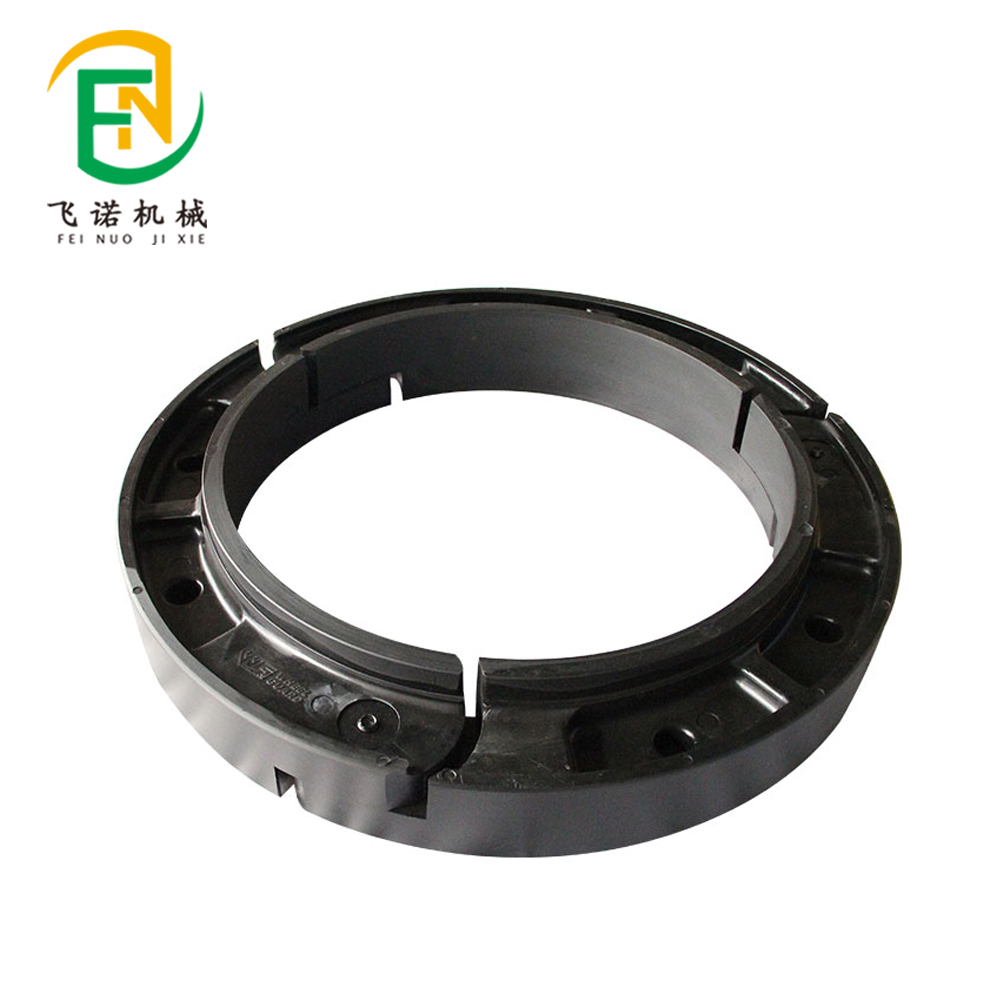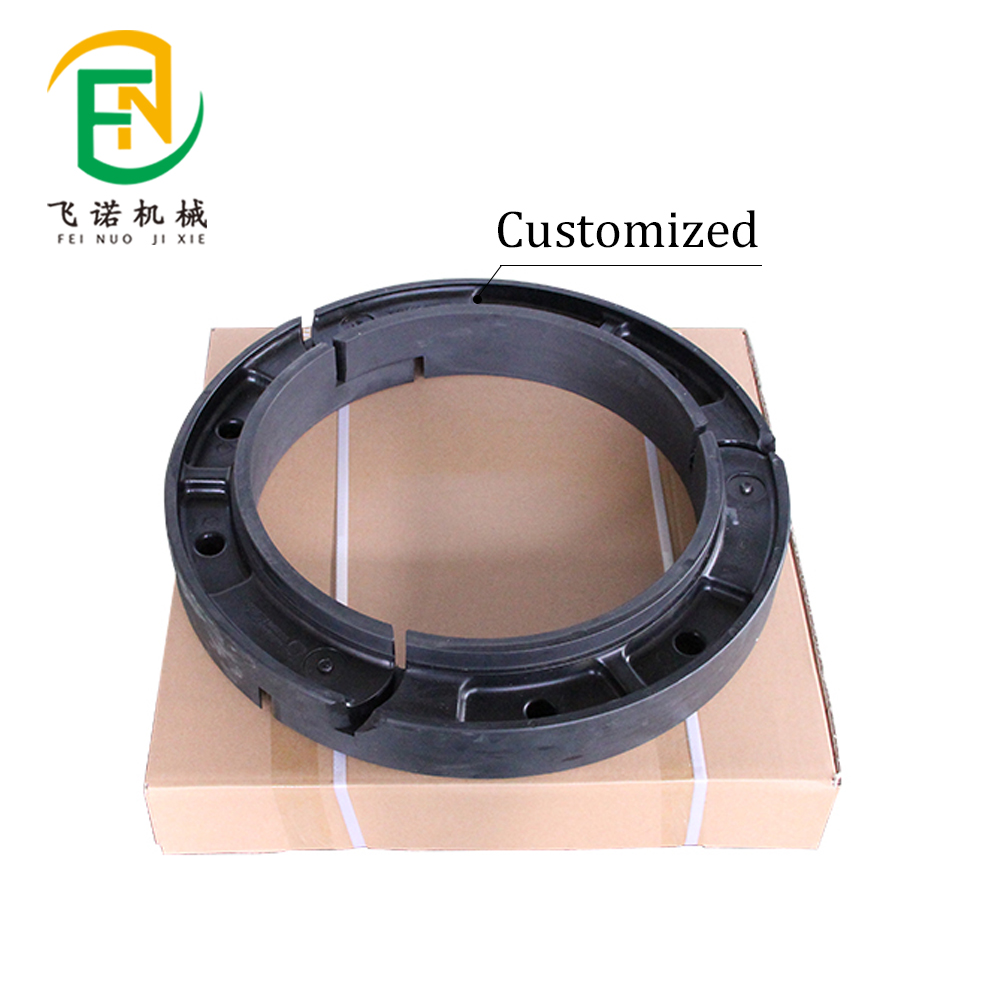- May 21, 2025
- Posted by: feinuojixie
- Category: Run Flat Guide


Run flat rim is gaining serious attention in the automotive world — and for good reason. Designed to work with run flat tire, these specialized rims allow you to keep driving even after a puncture or loss of tire pressure. For drivers, this means fewer roadside emergencies and more peace of mind behind the wheel.
But with all the buzz surrounding this technology, many drivers are asking the same question: is it really worth it? From luxury vehicle owners to daily commuters, the appeal of run flat rim is clear — yet so are the concerns about cost, comfort, and practicality.
In this article, we’ll break down everything you need to know about run flat rim. We’ll look at how they work, where they shine, where they fall short, and who should consider them. Whether you’re a car enthusiast or just want a safer driving experience, this guide will help you decide if the hype is truly justified.


How Run Flat Rims Work: The Technology Behind the Innovation
Run flat rim is engineered to support the weight of the vehicle even when the tire loses air pressure. Unlike standard rims, which rely entirely on a fully inflated tire to hold shape, run flat rim includes reinforcements that help maintain the structure of the tire during a failure.
There are two main types of systems that run flat rim supports: self-supporting and auxiliary-supported. In self-supporting systems, the sidewalls of the tire are strengthened to carry the load temporarily. In auxiliary-supported systems, the rim is designed with an internal ring or support that holds up the tire after deflation.
In either case, run flat rim allows drivers to travel up to 50 miles at reduced speeds — typically around 50 mph — giving them time to reach a safe location or service center.
Run Flat Rims vs Traditional Rims: What’s the Real Difference?
When comparing run flat rim to traditional rim, the difference is more than just structural. Run flat rim provides a distinct safety advantage by allowing continued mobility during emergencies. With a standard rim and tire, a blowout often means pulling over immediately — which isn’t always possible or safe.
In terms of performance, traditional rim usually offers a smoother and quieter ride. This is due to the increased rigidity of run flat rim systems, which can slightly reduce comfort and road absorption. Run flat rim may also be heavier, which can affect fuel efficiency and handling in certain vehicles.
However, what you gain in safety and convenience with run flat rim often outweighs the drawbacks for many drivers.
The Pros of Using Run Flat Rims: Safety, Convenience, and Peace of Mind
The biggest advantage of run flat rim is the ability to keep driving after a flat. This feature can be life-saving in dangerous conditions — such as on highways, during bad weather, or in unfamiliar areas.
Another major benefit is that run flat rim removes the immediate need for roadside tire changes. Drivers don’t need to carry a spare tire or struggle with a jack on the shoulder of the road. For many, this peace of mind is worth the higher initial cost.
Run flat rim also reduces the risk of rim damage from driving on a deflated tire, as it’s specifically built to provide short-term support.
The Drawbacks of Run Flat Rims: Is the Hype Overblown?
Despite the advantages, run flat rim is not without its limitations. First and foremost is cost — both the rims and the compatible tires tend to be more expensive than their standard counterparts.
Ride comfort is another concern. Because of the reinforced structure, run flat rim often delivers a stiffer, less forgiving driving experience. This is especially noticeable on rough or uneven roads.
Additionally, repair options are limited. Many run flat tires must be replaced entirely after a puncture, even if the damage seems minimal. This can increase long-term maintenance costs for some drivers.
Who Should Consider Run Flat Rims: Ideal Users and Use Cases
Run flat rim isn’t for everyone, but it can be a game-changer for certain drivers. Urban commuters who frequently drive in traffic or congested areas may find the reduced risk of breakdown delays appealing.
Elderly drivers, or those who are uncomfortable performing tire changes, may also benefit greatly. The added convenience and safety make run flat rim a smart choice for those who prioritize ease over performance.
For long-distance travelers or anyone who drives in remote areas, run flat rim can provide an extra layer of security when help isn’t nearby.
Run Flat Rims and Tire Compatibility: What You Need to Know Before Buying
Before switching to run flat rim, it’s essential to understand tire compatibility. These rims are specifically designed to work with run flat tire, and the combination must meet manufacturer specifications.
Using the wrong type of tire with a run flat rim can result in poor performance and even damage. It’s also important to ensure that your vehicle’s suspension and stability systems are compatible, as some cars may require tuning or calibration after installation.
Consulting with a trusted mechanic or tire specialist is always a smart move before making the investment.
Are Run Flat Rims Worth the Price Tag? Breaking Down the Cost Factor
The upfront cost of run flat rim is undeniably higher. However, the long-term value can be substantial. By eliminating the need for a spare tire, you free up trunk space and reduce vehicle weight in some cases.
You may also save money on roadside assistance, towing services, and emergency repairs. For many drivers, especially those who value time and convenience, run flat rim pays off in ways that go beyond the initial price.
The Future of Run Flat Rims: Industry Trends and Innovations
Automakers and tire manufacturers are continuing to refine the run flat rim experience. Newer models are lighter, more comfortable, and more affordable than earlier generations.
Innovations in tire compound technology are also helping improve ride quality and longevity. As electric vehicles become more common, run flat rim is being reimagined to suit the unique weight and performance characteristics of EVs.
As adoption grows, it’s likely that the technology will become more mainstream and accessible.


Are Run Flat Rims Worth the Hype After All?
So, are run flat rims worth the hype? The answer depends on your priorities. If safety, convenience, and peace of mind are high on your list, then run flat rim is a worthy investment. While it may come with trade-offs in comfort and cost, many drivers find the benefits well worth it.
Before making the switch, consider how you drive, where you drive, and what matters most to you behind the wheel. Run flat rim might not be the perfect fit for every vehicle, but for the right driver, it offers unmatched confidence on the road.
